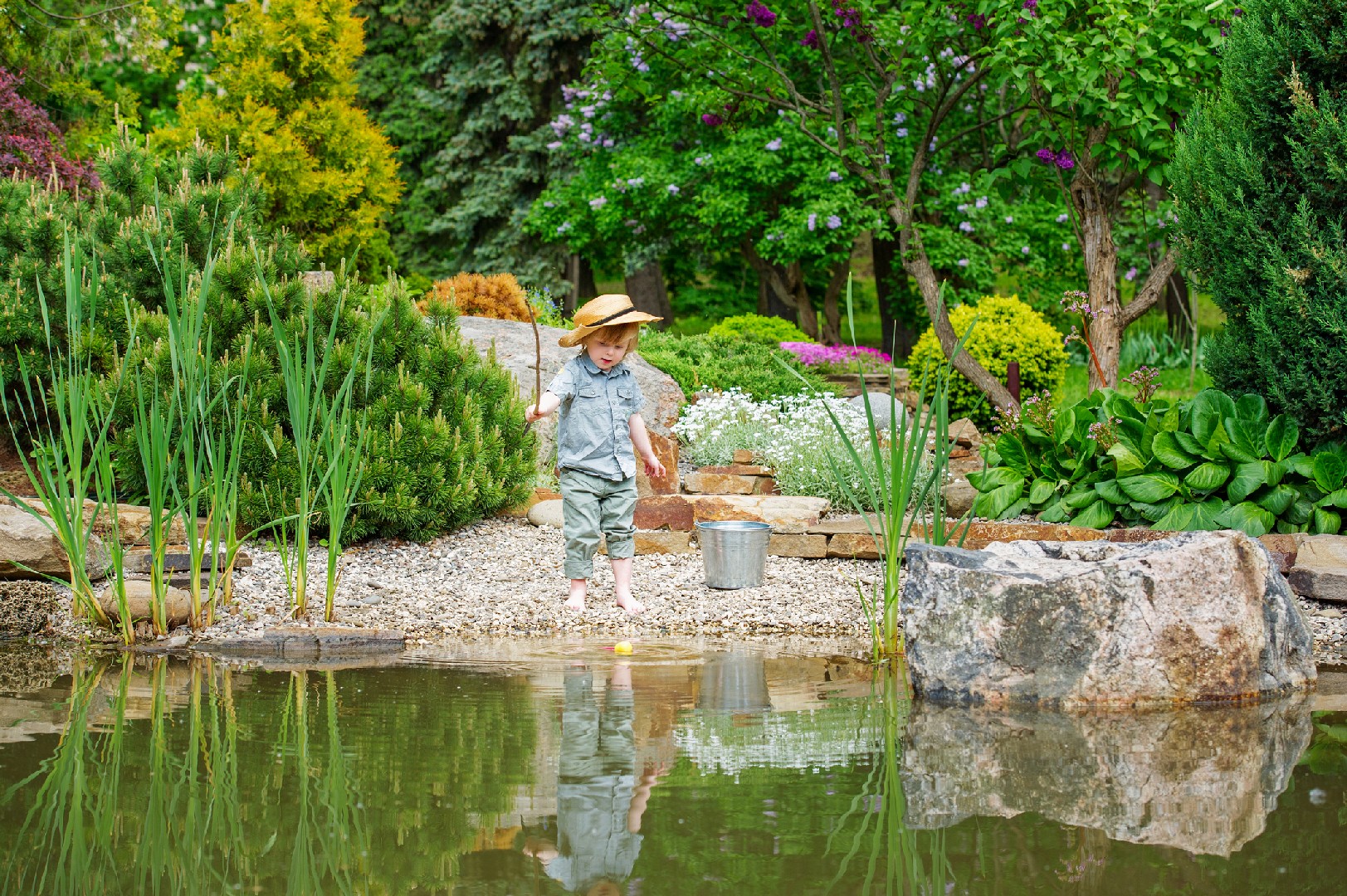![Rectangle]()
Why Kid-Friendly Water Features?
Kid-friendly water features have become increasingly popular in gardens across the world, and for good reason. Not only do they add a touch of excitement and enchantment to outdoor spaces, but they also offer a multitude of benefits for children's development.
One of the main advantages of incorporating water features in a garden is the opportunity for exploration and discovery. Children are naturally curious, and water features provide them with a safe and interactive way to learn about the properties of water, such as its ability to flow, change shape, and create reflections. By engaging in hands-on activities with water, kids can develop their problem-solving skills and enhance their understanding of scientific concepts. Whether it's playing with water toys, creating miniature waterfalls, or observing the behavior of aquatic plants and animals, children can experience the wonders of nature up close and personal.
In addition to promoting educational benefits, kid-friendly water features also play a significant role in enhancing sensory and imaginative play. Water has a soothing effect on the senses and can be used as a tool for relaxation and stress relief. For children, the sensory experience of touching, splashing, and listening to the sound of water can have a calming effect, which is especially beneficial for those with sensory processing difficulties. Moreover, water features can ignite children's imaginations and encourage creative storytelling. Whether they imagine themselves as pirates sailing on a make-believe ship or as underwater explorers searching for hidden treasures, water features provide endless opportunities for imaginative play.
When designing kid-friendly water features, there are several methods and skills that can help create a safe and engaging environment for children. First and foremost, it is essential to consider the age group and developmental stage of the children who will be using the water feature. Younger children may benefit from shallow pools or fountains that allow for splashing and water play, while older children might enjoy more interactive features like water slides or spray parks. It is also important to incorporate safety measures such as non-slip surfaces, well-maintained water filtration systems, and proper fences or barriers to prevent accidents.
Furthermore, incorporating elements of nature in water features can enhance the overall experience for children. Adding plants, rocks, or natural materials can create a more organic and inviting atmosphere, allowing kids to feel closer to nature. Additionally, incorporating educational signage or interactive displays can provide children with information about the local ecosystem and the importance of water conservation.
In conclusion, kid-friendly water features offer a multitude of benefits for children's development and provide opportunities for exploration, sensory play, and imaginative storytelling. By incorporating relevant methods and skills in the design process, parents and gardeners can create safe and engaging environments that add value to children's lives. So, why not dive into the world of kid-friendly water features and create a garden that both children and adults will cherish for years to come?





